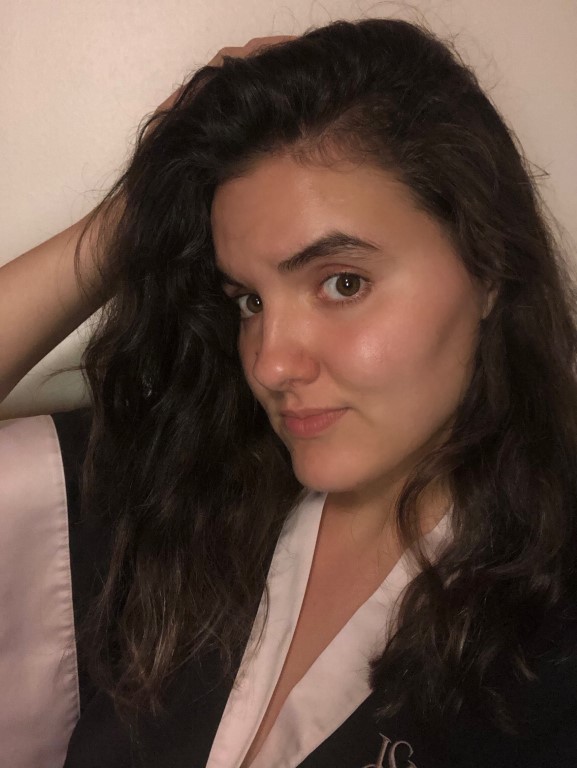
What you can do about it
By Morgan Hannah, Life & Style Editor
Who here loves their hair? Now, obviously this is a rhetorical question because one, I can’t see if anyone is putting up their hands and hollering at me that “yes, yes indeed you love your hair.” And two, of course you love your hair, who doesn’t?!
Unfortunately, not everyone gets to keep their lovely locks for all of their life, in fact, one in four women will suffer from hair thinning or hair loss in their lifetime. Comparatively, three out of four men will experience the same. Add it all up and that’s 5/8ths of the population!
Hair loss, or alopecia, often affects just the scalp but can affect the entire body and can be permanent or just temporary. There are many causes of hair loss, with the most common being hereditary hair loss, also known as androgenetic alopecia. To put it simply, hereditary hair loss makes up for about 95 percent of hair loss cases and is an inherited condition that decreases the amount of time the body spends actively producing hair. Unfortunately, there is no cure for hereditary hair loss, but wait! Don’t start panicking yet—if you’re experiencing androgenetic alopecia, keep reading—I’ll get to the good stuff soon enough!
Hair loss falls into several categories, including telogen effluvium, hair loss resulting after a major body stress, such as giving birth or prolonged illness, or after sudden drops in hormone levels. Hair loss can also occur because of drug side effects; alopecia areata, an autoimmune disease that causes hair to fall out in patches; and traumatic alopecia, or more commonly known as all that shit y’all do to your hair!
I’m guilty of the last one. I’ve started to notice the beginning of thinning at the sides of my hairline and have been paying close attention to what it might be that I am doing with my hair to cause this because hair loss does not run in my family. Turns out, when drying my hair after a shower, I wrap my hair up in a “towel turban” due to how long my hair is and this is a major no-no. Who knew?! Now, it’s okay if you also do this drying technique, along with tight ponytails, cornrows, braids, using heat and chemicals, or any other kind of traumatic hairstyling methods on an infrequent basis, but as soon as these styling and washing procedures become routine, that’s when you’ll start to notice a problem.
The hairline is where your most fragile, finest, and shortest hair exists—that’s why they’re often called baby hairs—and it’s also where you’re going to notice damage from traumatic alopecia. In fact, one third of African American women have traumatic alopecia from their haircare routines. Traumatic alopecia often develops gradually, and so it often takes time to realize that your hairline has begun to recede. Once you see some thinning at the hairline, mainly before the ears, this might be a bad sign and could mean it’s time to be mindful of your hair. Pay attention to changes to your hair’s volume, strength, and texture; a good way to do this is to take a picture of your hairline at the end of each week and compare. But try not to obsess over this as you’ll only make things worse!
Once you’ve established that you indeed are experiencing traumatic alopecia, first things first—change it up. Your hairstyle, I mean. Wear your hair down as often as possible. If this is not a possibility because of work or routine, wear looser versions of the styles you’re used to, and do not—I repeat, do not dry your hair with the towel turban like I’ve been doing for years. Next—and you’ve already heard this step a million times before—drink more water. Water makes up almost 25 percent of the weight of a single strand of hair. Drinking around two litres of water per day will help to strengthen your hair and help promote its growth. Dehydration halts hair growth.
Another way to help prevent further hair loss is to exercise regularly. Exercise improves the flow of blood throughout the body, including to the scalp, which promotes the growth of hair. Your skin and hair are a reflection of your overall health, so physical activity and a proper diet will ensure a healthy inside and outside. Additionally, on the note of diet, biotin (Vitamin H), is well known for playing an important role in the health of hair, skin, and nails. It’s also one of the only natural hair-loss treatments backed up by science. Studies show that the use of the vitamin helped people with biotin deficiencies increase their hair growth. When seeking biotin supplements, go for ones where biotin is a main ingredient, not an add-in to some fruity flavoured gummy vitamin. And if you prefer to consume biotin more naturally, foods such as eggs, fish, nuts, seeds, certain veggies, and meat are great choices.
By following these suggestions, you can help to stop, prevent, and potentially reverse hair loss. Do something healthy for your hair, and along the way you’ll find you’ve done some good for the rest of you too!



